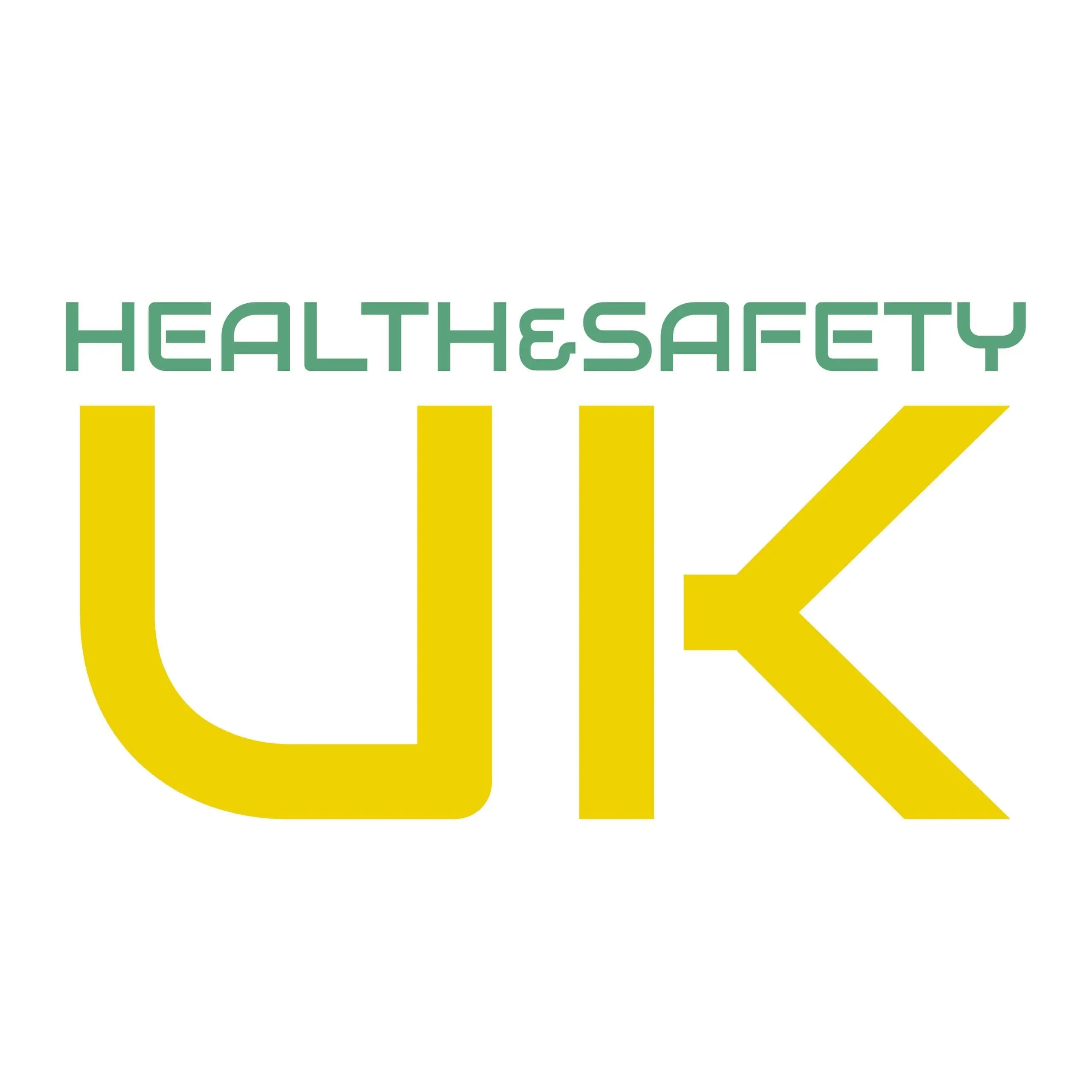Why do I need this document?
A company needs a Hazard and Risk Identification Policy in place for several pivotal reasons, all aimed at ensuring the well-being of its employees, customers, and the broader community. Here’s an elaboration on why such a policy is not just beneficial but essential:
Legal Compliance: Firstly, it’s a legal requirement in many jurisdictions for companies to have a Hazard and Risk Identification Policy. This ensures that the organisation adheres to local, national, and sometimes international regulations designed to protect individuals in the workplace. Non-compliance can result in fines, legal action, and damage to the company’s reputation.
Employee Protection: The core purpose of a Hazard and Risk Identification Policy is to establish a safe working environment. This involves systematically identifying potential hazards, assessing risks, and implementing preventative measures. It demonstrates the company’s commitment to its employees’ well-being, helping to prevent accidents and occupational illnesses.
Risk Management: Implementing a comprehensive Hazard and Risk Identification Policy allows a company to effectively manage risks associated with workplace hazards. By identifying and mitigating risks, a company can avoid the financial and operational impacts of work-related accidents and diseases, including medical costs, compensation claims, and loss of productivity.
Enhances Productivity and Morale: A safe working environment contributes positively to employee morale and productivity. When employees feel safe and valued, they are more likely to be engaged, motivated, and productive. Moreover, a strong safety culture can reduce absenteeism and turnover rates, further benefiting the company’s operations and financial performance.
Corporate Reputation: A commitment to hazard and risk identification enhances a company’s reputation with customers, investors, and the public. It signals corporate responsibility and ethical conduct, which can be a competitive advantage, particularly in industries where health and safety are paramount. A good reputation can also attract talent, as prospective employees prefer organisations that prioritise employee welfare.
Continuous Improvement: A Hazard and Risk Identification Policy is not static; it requires regular review and updates in response to changes in legislation, industry standards, and the working environment. This commitment to continuous improvement can drive innovation and efficiency, as companies seek better ways to protect their employees and optimise their operations.
Cost Savings: Although setting up and maintaining a Hazard and Risk Identification Policy involves upfront and ongoing costs, the long-term financial benefits include reduced liability, fewer compensation claims, and lower insurance premiums. Additionally, by avoiding accidents and occupational illnesses, companies can minimise the indirect costs associated with lost productivity and reputational damage.
In summary, a Hazard and Risk Identification Policy is a critical component of a company’s operational and ethical framework. It ensures legal compliance, protects employees, manages risks, and contributes to a positive corporate image and financial stability. By prioritising hazard and risk identification, a company not only fulfils its legal and moral obligations but also secures its long-term success and sustainability.
Industries:
1. Manufacturing
2. Finance and Banking
3. Technology
4. Healthcare and Pharmaceuticals
5. Energy
6. Construction
7. Retail and Consumer Goods
8. Transportation and Logistics
9. Tourism and Hospitality
10. Agriculture and Food Production
11. Creative Industries
12. Education
13. Mining and Quarrying
14. Professional Services
15. Public Sector












Reviews
There are no reviews yet.